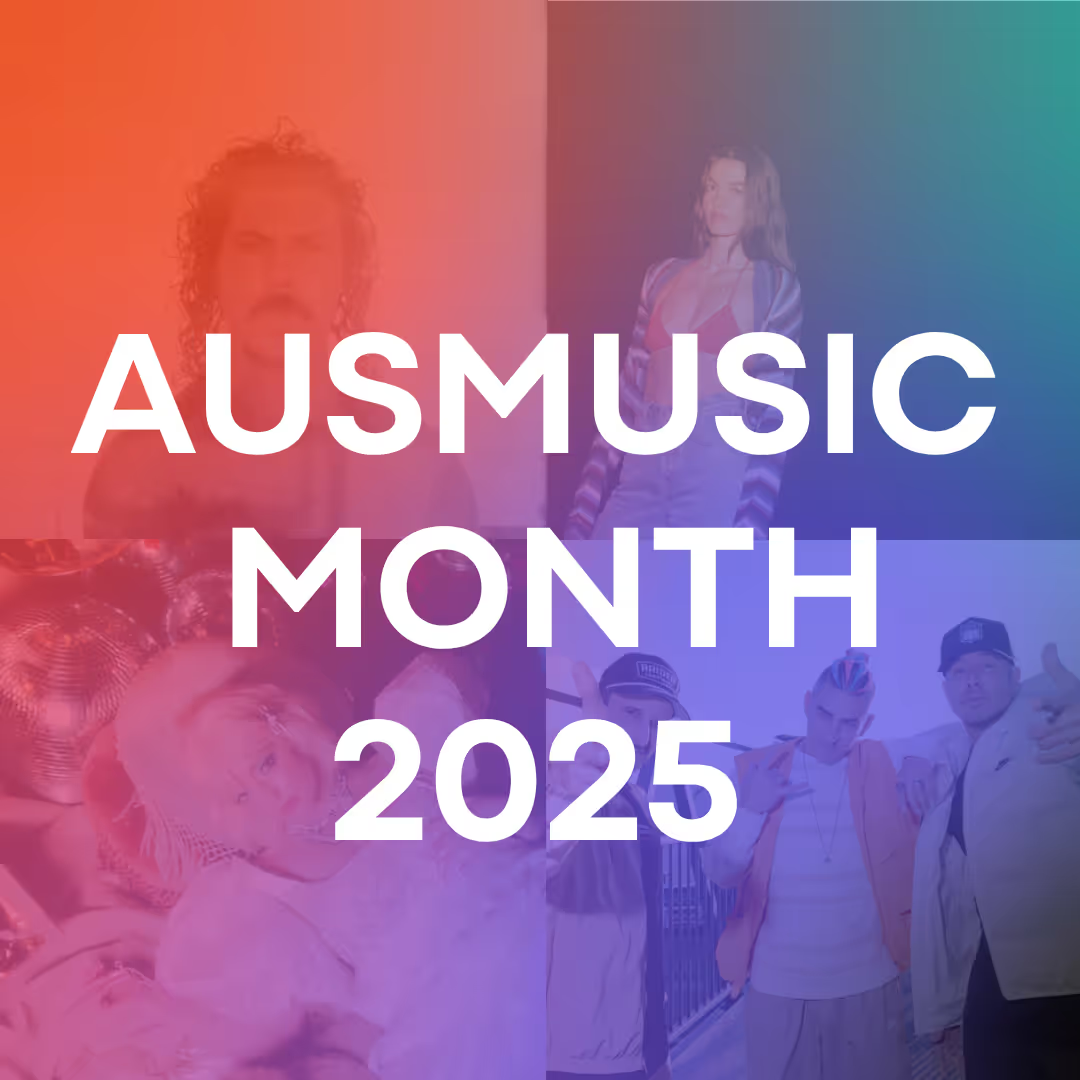From Chaos to Cohesion: Building an Omnichannel In-Store Experience
Retail is flooded with messaging. Screens, shelf tags and displays over here, apps over there, speakers blasting in between. Without cohesion, it’s all just noise. Shoppers get fragments that rarely add up. Cohesion changes that. Sync audio, screens, and apps and suddenly it’s one story, not a dozen disconnected ones. Each channel plays its role and the shopper hears the message, loud and clear.
The Role of Each Channel
Audio: The Reach Driver
Audio isn’t just an interrupter. It’s the most powerful reach driver inside retail environments. With some in-store networks spanning 12,000 to 20,000 locations and reaching more than 100 million shoppers daily, audio has unmatched scale. It cuts through the noise of the retail floor to capture attention at the exact moment of decision.
Screens: The Reinforcers
Screens bring the receipts. Visuals, QR codes, price drops. They make the pitch tangible. But they’re passive. If shoppers aren’t looking, they miss it.
Apps: The Loyalty Anchors
Apps are where the story lingers. They warm up the shopper before the visit, add frictionless engagement during the visit, and deliver little dopamine hits after the visit. Think rewards, nudges, and reminders that keep the brand stuck in the shopper’s head long after checkout.
Displays & Shelf Tags - The Old School Marketing Guys
In-store displays and shelf tags turn attention into action. They sit right where decisions happen, making it easy for shoppers to notice, compare, and commit. A well-placed display can pull focus from across the aisle, while a smart shelf tag can seal the deal with the right message at the right price.
A Shopper Journey Example
Take a snack brand launching something new:
- The campaign starts online with a Meta ad.
- In-store audio reinforces it, hitting shoppers as they stroll the snack aisle.
- Screens back it up with visuals, price highlights, and maybe a QR code for the curious.
- As the shopper reaches the end cap, recognition connects. They spot the snack again and give in to the impulse to grab it.
- After checkout, the app pushes a follow-up offer.
Instead of a bunch of scattered impressions, shoppers experience one connected journey.
The Proof This Works
Research shows that omnichannel shoppers spend 30% more than those who only engage through a single channel. That’s the power of cohesion: not just more impressions, but impressions that actually convert. Source
The Data Advantage
Cohesion isn’t just “better”. It’s smarter. With QSIC, retailers can tie audio exposure to actual transactions. Forget vague attribution windows that drag on for weeks. We’re talking minutes. Test a creative, tweak it, see what works while the campaign is still live.
Audio is uniquely positioned here. It closes the loop because it’s both the awareness driver and the purchase trigger in the same store visit.
The Takeaway
The future of retail media isn’t about who shouts the loudest channel by channel. It’s about cohesion. Making those channels harmonize into one brand voice that follows the shopper from aisle to app to checkout. Without it, you’ve got chaos. With it, you’ve got influence.
.jpg)


.avif)